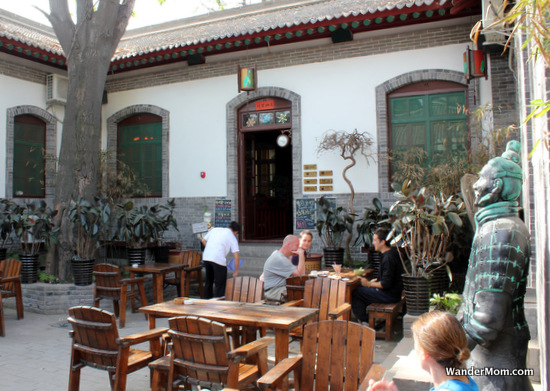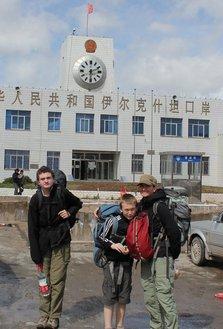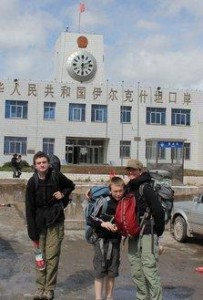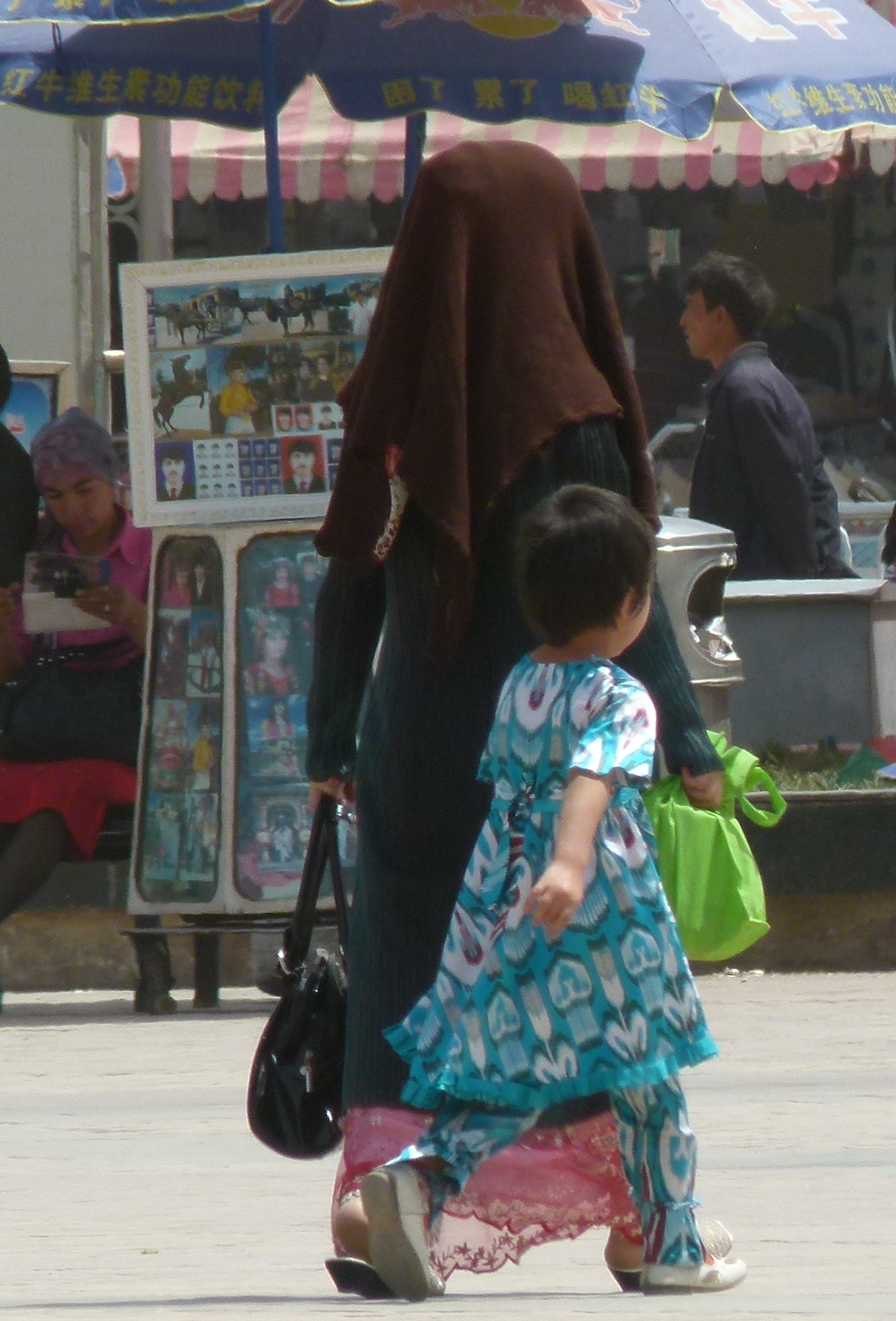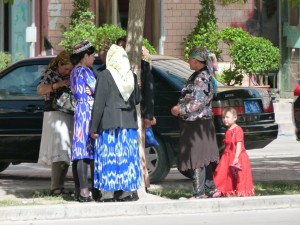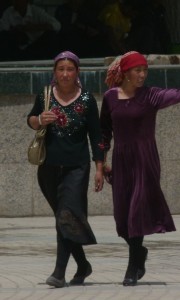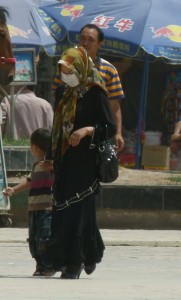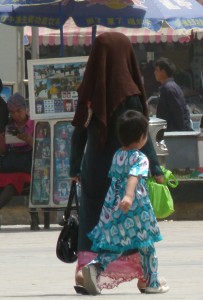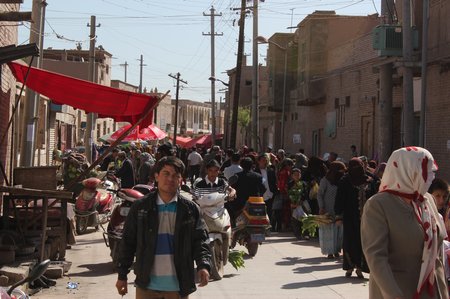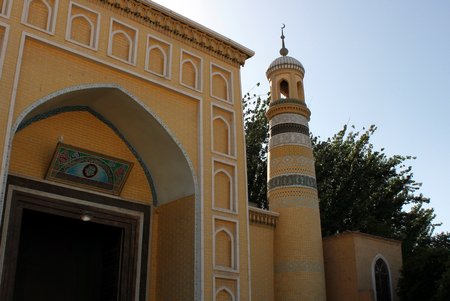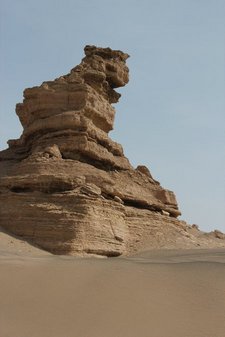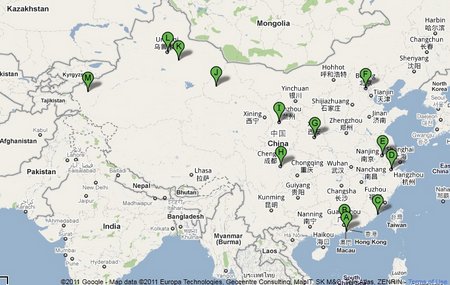What to see in China? Beijing, Shanghai, the Great Wall…But when you’re done with those, what else should you see in China? Here are five ideas.
We spent seven weeks in China in 2011. We traveled up the South-Eastern seaboard and right across the country from Beijing to Far West China. It was an incredible experience but even as we planned our route we had to make choices about where to go and what to see. We had a fantastic time and, I think, got a tremendous perspective on the country and history of China. Of all the many things we didn’t see and places we didn’t visit, here’s some of that are on my bucket list for a return visit to China. Enjoy!
What to See in China: Harbin Ice Sculptures
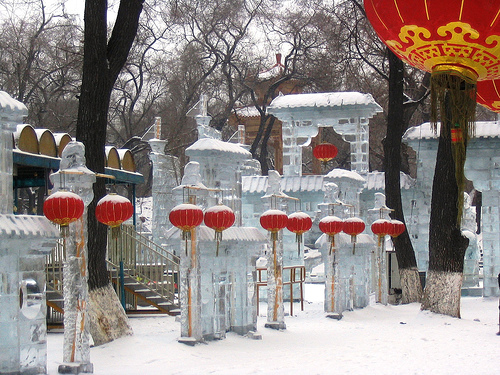
Held in chilly North-Eastern China in January, the Ice Festival is an international display of art constructed of ice and snow (and yes, some construction materials). It’s supposed to be otherworldly.
What to See in China: Hike Tiger Leaping Gorge
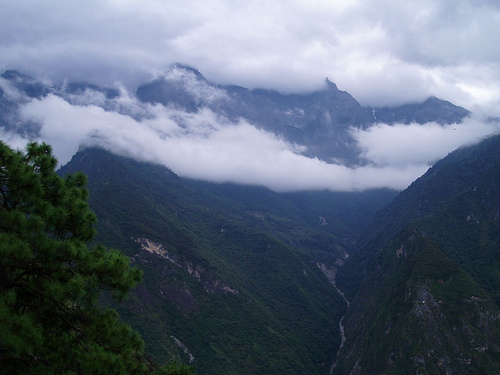
We only had time for one overnight hike while we were in China and the hike we did (Emei Shan) was challenging and given that we were hiking from temple to temple up a sacred Buddhist mountain, a truly unique experience. That said, I’d love to do the more rural, more rustic, Tiger Leaping Gorge hike.
What to See in China: Li River Guilin
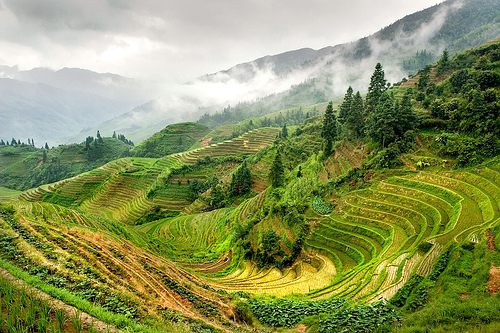
We spent two months traveling through South-East Asia before going to China so it was an easy decision to cut the southern Chinese province of Yunnan from our itinerary since the karst scenery in Yunnan is very similar to Northern Thailand and Laos. That said, I’ve heard enough other travelers claim that Yunnan is the most beautiful region in China so I’d go back to see for myself.
What to See in China: Cultural Revolution Museum in Shantou
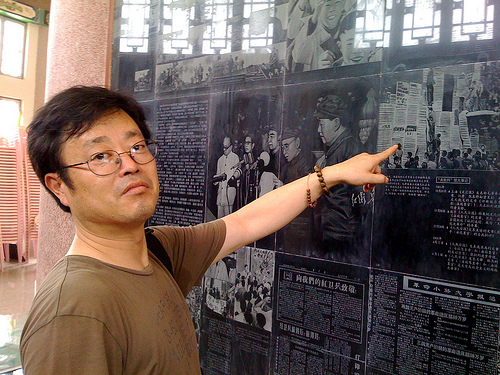
We spent a lot of time in China learning about Chinese history through the Dynasties and sadly no time at all learning about the period since 1945. So, when I read about the Cultural Museum in Shantou I had to put that on my China Bucket List.
What to See in China: Hangzhou and Suzhou
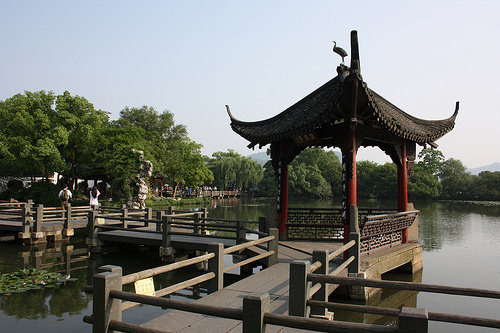
We almost made it to Hangzhou and Suzhou. Almost but not quite. As two beautiful cities in Eastern China I’d love to go there and see these up-and-coming Chinese vacation destinations.
If you have a favorite place in China not mentioned above, do leave a comment below!
Like what you’ve read and interested in reading more? Subscribe to the WanderMom rss feed, follow me on Twitter or become a fan on Facebook.
Information on traveling to China with Children
Related Posts
[catlist tags=China]
Photo credits in order:
kenpower, hectorgarcia, jackfrench, afiproject, milos.kravcik
This post was sponsored by:
-
YANGTZE RIVER CRUISES
Book a Yangtze river cruise and enjoy wide array of ecosystems. The Yangtze river is the most important river in the history, culture and economy of China.
-
EUROPEAN CRUISES
Explore europe this summer by booking a wide variety of european cruises on Viking River Cruises. Visit us online now!
-
CRUISES VIETNAM
Take an Asia cruise through Vietnam and experience the wonder and beauty of the Mekong river. For more details on cruises to Vietnam, visit Viking River Cruises online.
-
CRUISES TO CHINA
Shanghai is the most prestigious city of China and has great economic importance. Book cruises to China and enjoy a beautiful experience through the great river.
-
CRUISE BROCHURES
Open Viking River Cruises cruise brochures and you are sure to find an overwhelming display of information and photographs. Get your copy now.

